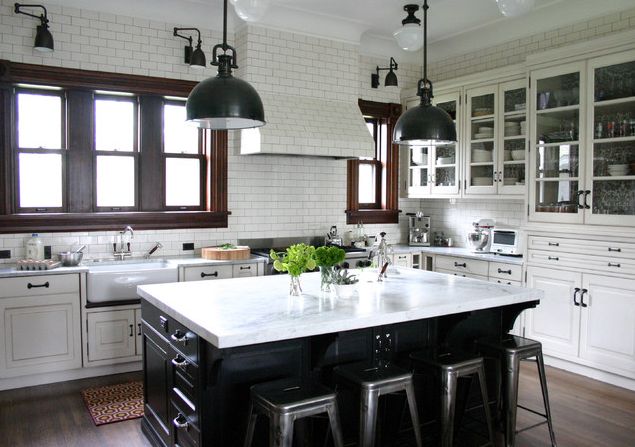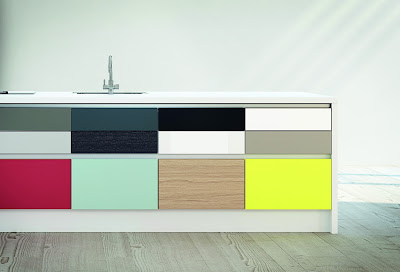Ask here for an enrollment form.
Designer Profile
Giuseppe Bavuso

GIUSEPPE BAVUSO (1959) is an architect and designer who lives and works in Seregno. His projects join minimalist rigour with great technical research through his expertise in the use of technological and innovative materials.
His first professional experiences involved projects in different sectors ranging from architecture, to Interior Design for large public spaces, to designing and engineering the interiors for trains and wagon-lits.
In 1986, with his own Product Design studio he started collaborating as designer and consultant for companies in the furniture and bio-medical equipment sectors.
- In 1990, in Cologne (Germany), he was awarded 1st Prize – “International Design Award” for his “Pick Up” sofa by Brunati.
- In 1994, in Milan (Italy), he received 1st Prize – “Young and Design” award for his “Siparium” sliding door system by Rimadesio.
- In 2000, in Harrow (GB), he received 1st Prize - “KBB Review New Year’s Honor-List” award for 2000 - for his “Zenit” bookcase and walk-in closet system by Rimadesio.
- In 2005, his “Graphis” system by Rimadesio was selected by “Design Index” for the “Compasso d’Oro” competition.
- In 2008, his interior “Vela” door by Rimadesio was selected at the XXI Compasso d’Oro competition.
Giuseppe Bavuso collaborates as designer and art-director with several Italian and international companies in the furniture industry, concentrating his efforts on the totality of the product from its inception to its engineering and visual presentation. He also designs scenographic layouts for trade shows, as well as working on the design and organisation of exhibition spaces and showrooms.
Icon by Giuseppe Bavuso for Ernestomeda
Source http://www.ernestomeda.com/icon?source=menu
Company profile
Source http://www.nobia.com
This week product
Simple Life starts from the Kitchen
The goal of this project was to create a better experience during the preparation of food. Simple Life is a kitchen sink system that allows the user to cook food more efficiently and in a well-organised manner.


This kitchen sink system contains several creative features that improve the experience of cooking. We always repeat certain actions when we are in the kitchen – washing food, putting food into containers, cleaning the chopping board, and so on. If we can minimise the repetition and draw connections between each action to simplify the workflow, we will work more efficiently.

The design simplifies the procedures required for preparing food in conventional ways. Users can easily cut, transport, and wash the ingredients because all this can be done in the sink area. Also, the specially designed containers can be stacked along the rim of the cutting board. The food will never spill off the cutting board and the stacking containers can save space.


This kitchen sink system has four key features that make it stand out in the market. Firstly, the layout is based on different functions that help us to easily access different functional areas. Secondly, the colander/container set and cutting board can be placed in different positions over the sink. This provides flexibility in how things are arranged in the working area. Thirdly, as stated, the specially designed containers can be stacked along the rim of the cutting board. Fourthly, in order to service the different task areas, the faucet is placed in the centre of the sink.
Designer
We started recently the publication of top 30 Australian Kitchen , as announced by Trends Magazine, in no particular order. Here is #8
HIDDEN HEART – LARGE SCULLERY IS THE WORKING KITCHEN
Kitchen designer : Sue Gillbanks, Kitchens By Design (Auckland)
Kitchen manufacturer : Kitchens By Design
Kitchen manufacturer : Kitchens By Design

The solution for the owners of this new house was to build two kitchens – one that is essentially for show and another one directly behind, where all the work takes place.


Designer Sue Gillbanks of Kitchens By Design says that right from the outset the design emphasis was on the working kitchen or scullery. "Everything happens in the scullery," Gillbanks says. "This is where all the food preparation and cooking takes place. The sleek front kitchen is mainly just used for serving dishes and as a drinks area." The designer says the owners wanted to incorporate a 1500mm-wide freestanding oven, 900mm refrigerator and 900mm dishwasher in the scullery, plus lots of bench space and storage. "There also needed to be enough room for several people to work in the scullery at the same time. It was designed much like a commercial kitchen, with caterers in mind – there is even a door that opens directly to the front of the house so food and groceries can be unloaded easily." -


In keeping with traditional scullery design, the room features open shelving and cabinets without doors. "The chefs need to be able to reach any item or utensil instantly," says Gillbanks. "But even with all the cabinets, we ran out of room, so I added a hanging pot rack." Red cookware and appliances enliven the space and ensure it doesn't look too utilitarian, despite its functionality. "The owners say people gravitate to the room when they are preparing meals, even though this wasn't planned for." An island in the scullery provides additional food preparation space. This has a stainless steel top, while the rest of the benchtops in both kitchens are Silestone. The front of this island has cabinet doors, to provide a more streamlined look when viewed from the living area. "However, when the glass cavity door between the two kitchens is closed, the scullery is invisible," says Gillbanks.

Story by Colleen Hawkes
Photography by Sandrina Huish -
See more at: http://trends2012.tmsreview.com/Article16562/Australia/book=846#sthash.tQSIJ33T.dpuf
Red Dot Design Award
Red Dot Design competition has existed since 1954. Its award, the Red Dot, is an internationally recognized quality seal. The best products receive the Red Dot: Best of the Best award.
The Red Dot Design Award received more than 15,000 applications from 70 countries in 2012 alone. The “Red Dot” is established internationally as
one of the most sought-after quality marks for good design.Well-known designers and design experts from across the globe are handpicked to guarantee as much objectivity as possible in the selection of the winning products. The jury appraises the products submitted according to different criteria such as innovation, functionality, formal quality, ergonomics, sustainability, symbolic and emotional content and whether a product is self-explanatory.In order to judge in a thorough and professional manner, the Red Dot Design Award breaks down into different disciplines: the “Red Dot Award:
Product Design”, “Red Dot Award: Communication Design” and “Red Dot
Award: Design Concept”, the latter of which is organised every year in Singapore since 2005.
Throughout years, many reputable international kitchen manufacturer submitted their designs and were grated Reddot Awards.
source: http://en.red-dot.org
Red Dot Design Award
Red Dot Design competition has existed since 1954. Its award, the Red Dot, is an internationally recognized quality seal. The best products receive the Red Dot: Best of the Best award.
The Red Dot Design Award received more than 15,000 applications from 70 countries in 2012 alone. The “Red Dot” is established internationally as
one of the most sought-after quality marks for good design.Well-known designers and design experts from across the globe are handpicked to guarantee as much objectivity as possible in the selection of the winning products. The jury appraises the products submitted according to different criteria such as innovation, functionality, formal quality, ergonomics, sustainability, symbolic and emotional content and whether a product is self-explanatory.In order to judge in a thorough and professional manner, the Red Dot Design Award breaks down into different disciplines: the “Red Dot Award:
Product Design”, “Red Dot Award: Communication Design” and “Red Dot
Award: Design Concept”, the latter of which is organised every year in Singapore since 2005.
Throughout years, many reputable international kitchen manufacturer submitted their designs and were grated Reddot Awards.
source: http://en.red-dot.org
Industrial pieces might not appeal to you, but when used in conjunction with your furniture they can add an interesting attractiveness to your living space. Here are some tips on how to use industrial accessories and furniture for maximum effect.One of the features of industrial style décor is to leave materials exposed, such as to show off a brick wall in a kitchen. It makes the décor feel more earthy and raw, without losing its feeling of homeliness.
Industrial’ doesn’t have to call to mind upcycling old metal in a dark room. The look can also be on the cutting edge of trendy, as you can see in the picture above that displays a high-tech chandelier. Such small accessories and touches to a room really culminate in creating an interesting ambiance.


Source:www.facebook.com/interestingandcreativedesigns?hc_location=stream

























